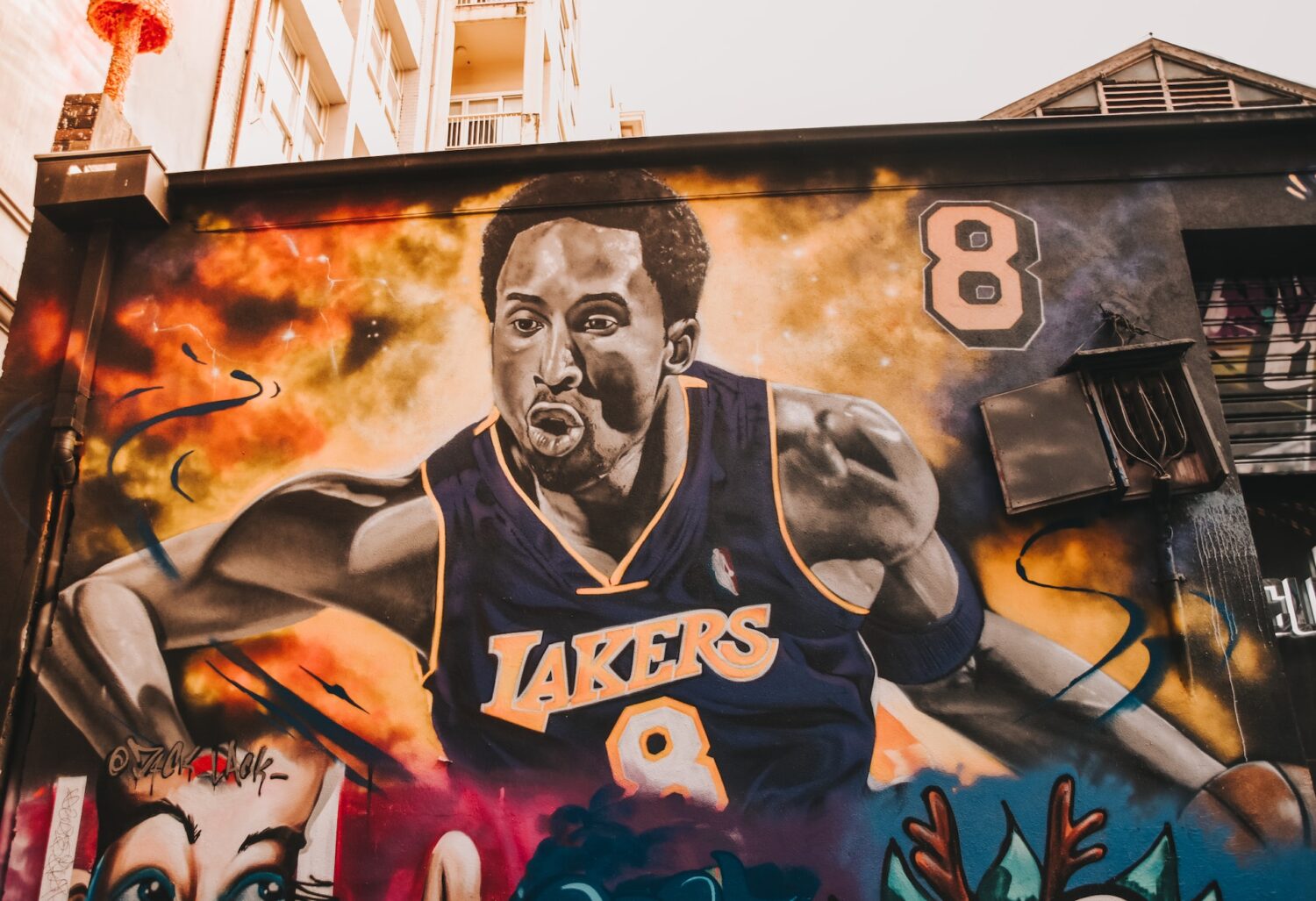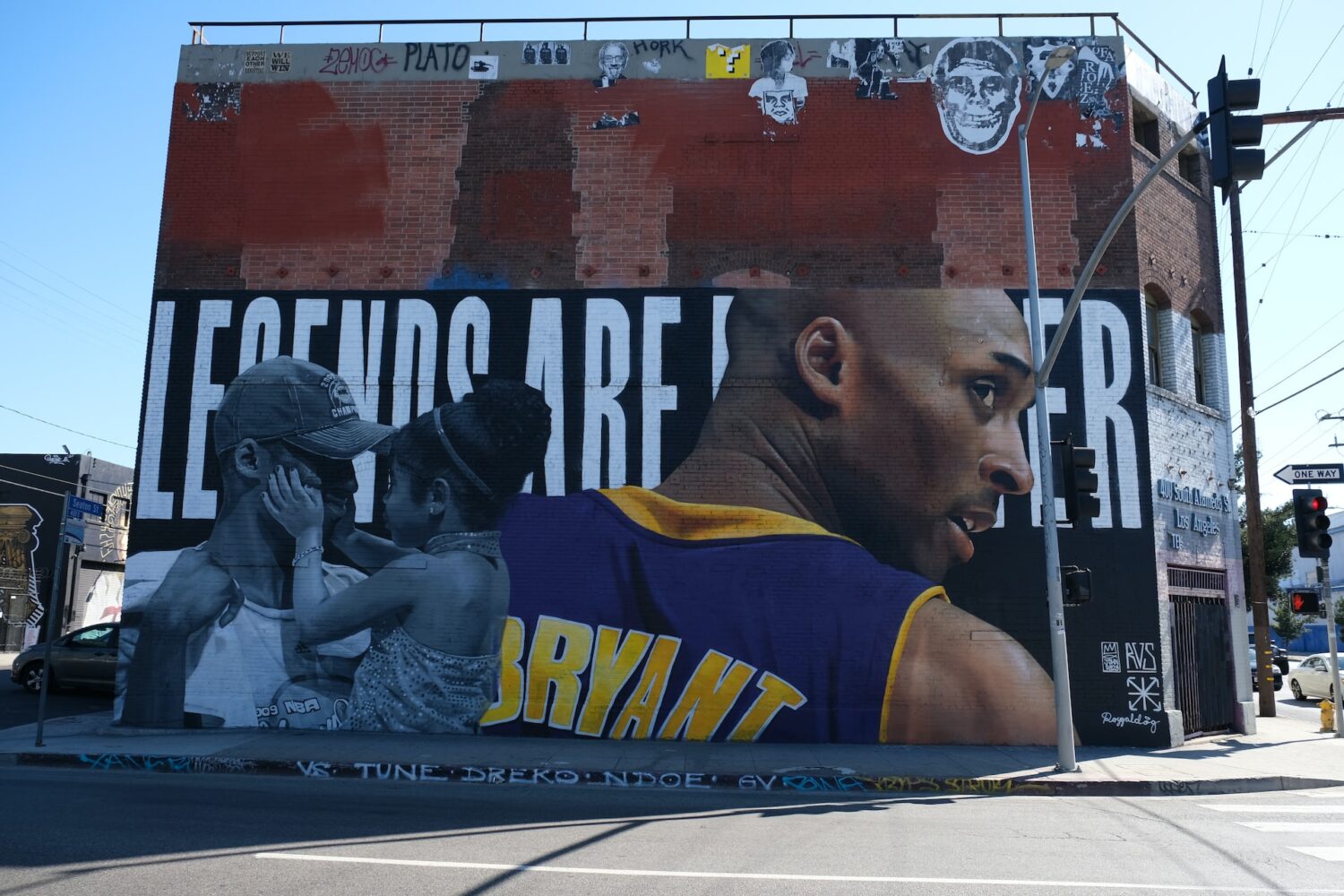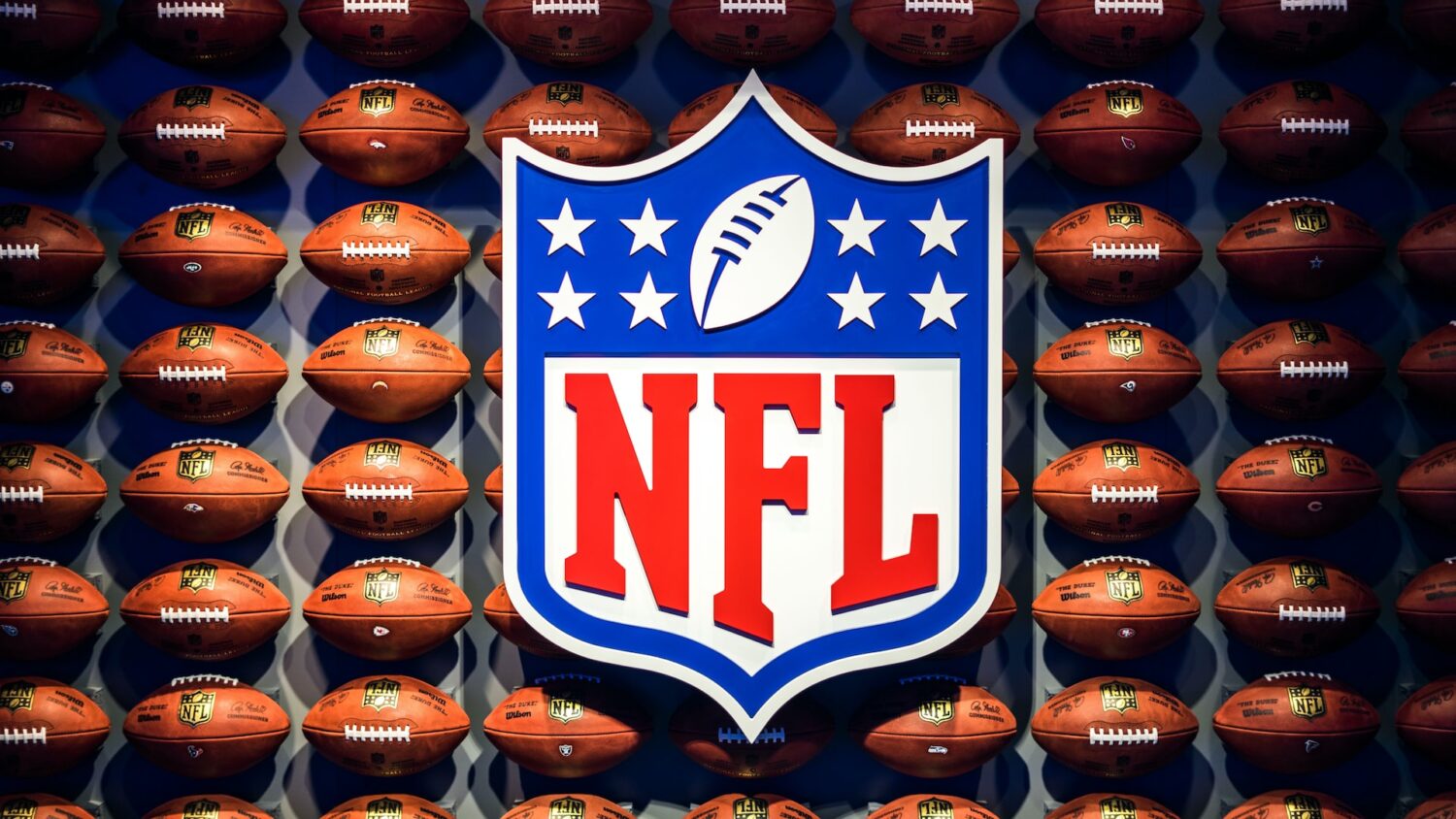Aaron Judge has taken the baseball world by storm. The New York Yankees phenom rookie led the league in home runs before falling behind Giancarlo Stanton of the Marlins, and has electrified fans with his power and the distance his homers travel. Judge has excited fans so much that his jersey from his MLB debut was sold at an auction for $157,366. That’s quite impressive for a rookie. It also got us thinking about the most expensive sports memorabilia ever sold, and how much people actually paid for them.
Babe Ruth’s 1920s jersey
Babe Ruth memorabilia has sold for hundreds of thousands of dollars over the years. But so far, the most expensive piece of memorabilia from the Sultan of Swat is a jersey he wore during the 1920s, which sold for $4.4 million in 2012.
The jersey itself is a gray, wool New York Yankees jersey, which he wore during his first season with the Bronx Bombers. You can still read the words “Ruth G. H.” on the neckline and there are dirt and perhaps sweat stains covering the jersey itself. According to the New York Times, the Bambino wore the jersey while playing on the road in his former home, Boston, as well as Chicago, St. Louis and Cleveland among other cities.
During that first season with the Yankees, Ruth hit 54 home runs, almost doubling the number of homers he hit the year before (29) and a .376 batting average (up from .322).
Naismith’s original rules of basketball
There is no reason why we should have to explain why Naismith’s rules are important. They are the history of the basketball, the first list of rules on which the sport is based on, and they sold for $4.3 million.

Naismith is considered the outright inventor of basketball. At 30 years-old, while at the YMCA Training School in Springfield, MA, Naismith was tasked with creating an indoor game for students to enjoy during the winter months when it’s too cold outside. That’s when he wrote the original 13 rules of basketball. Basketball was then introduced in many YMCA’s across the US within two years.
The original rules may have changed over the years, but include the basics we still follow today: no running with the ball your hands, the side with the most goals wins and what constitutes a foul. But the game time – two 15 minute halves – has obviously changed and is different from league to league, and note what is written about a ball going out of bounds – “When the ball goes out of bounds, it shall be thrown into the field and played by the first person touching it. In case of dispute the umpire shall throw it straight into the field.”
Naismith is also considered the founder of basketball at the University of Kansas, who’ve won three NCAA Championships over the years, but the most ironic thing about him was his belief that basketball does not need a coach.

Naismith was also present at the 1936 Olympics, the first time basketball was played at the games, to hand out medals to the US, Canada and Mexico (gold, silver and bronze respectively).
Mark McGwire’s 70th home run ball from 1998
Mark McGwire hit a lot of home runs, 583 home runs to be exact. In 1998, Big Mac hit 70 home runs. On September 27, 1998, Mark McGwire stepped up to the plate to what could have been his final at bat of the season. He had already broke the record for most home runs in a single season earlier that month, hitting a homer to left field against the Cubs to mark number 62.
Number 70 was special, he had already passed Sammy Sosa who had gone home run-for-home run with him over the last month, also passing the 61 home run threshold. In the last game of the regular season – played at home against the Montreal Expos – McGwire stepped up to the plate against Carl Pavano. The big man swung at the first pitch he saw, hitting it deep to left field, marking number 70. It was his second home run of the game. Phil Ozersky was the lucky fan who happened to catch the ball, he then sold it for $3 million.
Eventually, nearly a decade later, McGwire admitted to using PEDs during that 1998 season, making many question if he would have hit those home runs without the help.
Honus Wagner baseball card
Odds are that unless you’re a die hard baseball fan, you may have never heard of Honus Wagner, a shortstop who played 21 seasons in the league – at the turn of the century – almost all of them with the Pittsburgh Pirates. Wagner, who played from 1897-1917, didn’t have many baseball cards, which may be a big reason why his card fetched over $3 million.

According to estimates, there are only around 60 Honus Wagner baseball cards in the world, with only 57 known cases. They were produced between 1909-1911. There are two stories circulating as to why his card was pulled from production by American Tobacco. One story is that Wagner felt he was entitled to money from American Tobacco since they were using his name for marketing. The other, more heartwarming story, suggests that Wagner did not want to be associated with a tobacco company, and did not want to his name used to encourage kids to start smoking.












